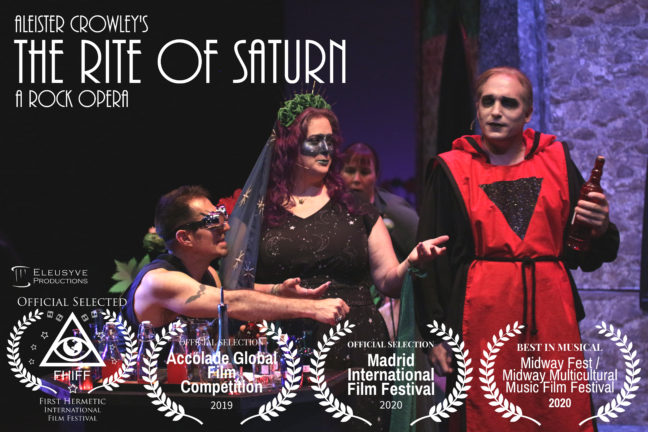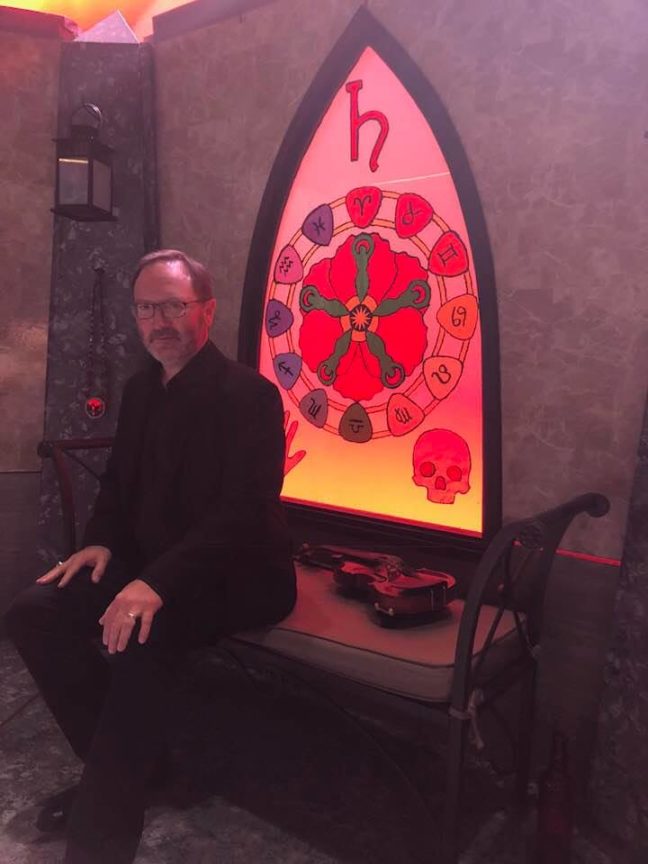More on Inspiration
Following up on my post about inspiration, (which somehow was mostly about my love of Xanadu) I want to talk about limitation as it relates to the creative process. And fortunately, we have an excellent jumping off point. The recent lecture by Dr. David Shoemaker, that he presented prior to The Rite of Saturn last September in Seattle.
So, before you read this post, you should really listen to this lecture on the Living Thelema Podcast:
We’ll wait… No, really. Listen to it.
Okay, moving on. You’ll listen to it eventually.
The point that Dr. Showmaker makes about limitation, and the practical advantages of putting hard limits upon yourself in order to foster creative thought is something we are going to discuss with regard to our work with The Rites of Eleusis, and a technique you could consider when planning your own.
“But wait!” I hear you saying. “You told me I could drive this like I stole it!”
Of course! And you should! But self imposed limitations feed the creative process! And limiting the broad scope of all possibility to a more streamline set of alternatives will allow you to travel toward your destination in the same way a road might lead you across a wide and trackless desert.
For example, some of the interpretive limits we placed upon ourselves were:
- We changed no words. We could repeat phrases to create musical refrain, and characters could repeat each others lines, and in a few places long parts were divided between to characters as in a dialog, but the words are all there.
- There is no spoken dialog. Everything is sung.
- With one exception, all the music is original.
- There is a continual story told through The Rites of Eleusis as we presented them. While each Rite can stand alone, when viewed as a whole, there is a single narrative running through it. (Which relates to the formula of Tetragrammaton and the Qabalistic worlds, in case you were wondering.)
- The actions and motivations we interpreted into the story were based on the characterizations of the astrological and planetary symbols as we understand them. But the way we presented them had to be understandable to a lay person.
- New innovations were always reviewed against the question: “Will this detract from the main story?”
- The setting we presented these Rites is was a “mythical place” that is informed by events in human history, but takes place in no specific time or place. This was more a freedom we granted ourselves, but also a restriction in so far as we did not allow the setting to inform the character roles, but rather tried to present those roles within the narrative.
What rules would you place on a presentation? What about a series?

